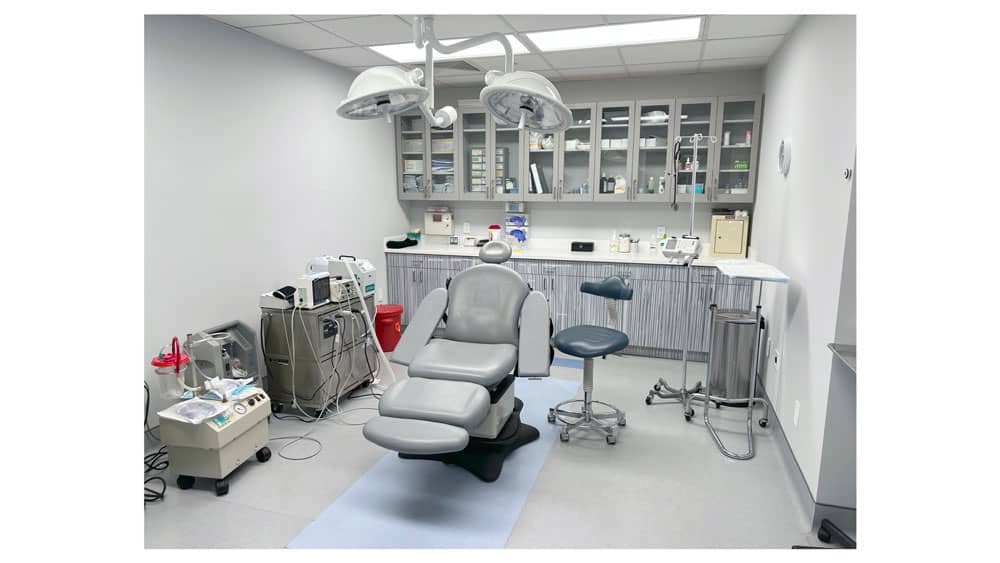Facelift surgery is considered one of the more complex, and extensive cosmetic procedures. This surgery involves working below the face and neck skin, repositioning delicate soft tissue, and tightening underlying facial muscles to lift and improve the appearance of the cheeks, jowls, and neck.
As a reflection of common practices by general plastic and cosmetic surgeons, it’s often assumed that facelift surgery can only be performed using general anesthesia. The thought of being paralyzed temporarily, being placed on a mechanical respirator, side effects of general anesthesia, and risks of general anesthesia can be the primary reasons a lot of people avoid extensive facelift surgery, and keep spending time and money on inefficient skin heating procedures.
I’ll discuss how I perform all forms of facelift surgery in my practice under local anesthesia with LITE IV sedation, thus avoiding general anesthesia. For my patients, this approach allows them to enjoy their natural results with quicker and more comfortable recovery.
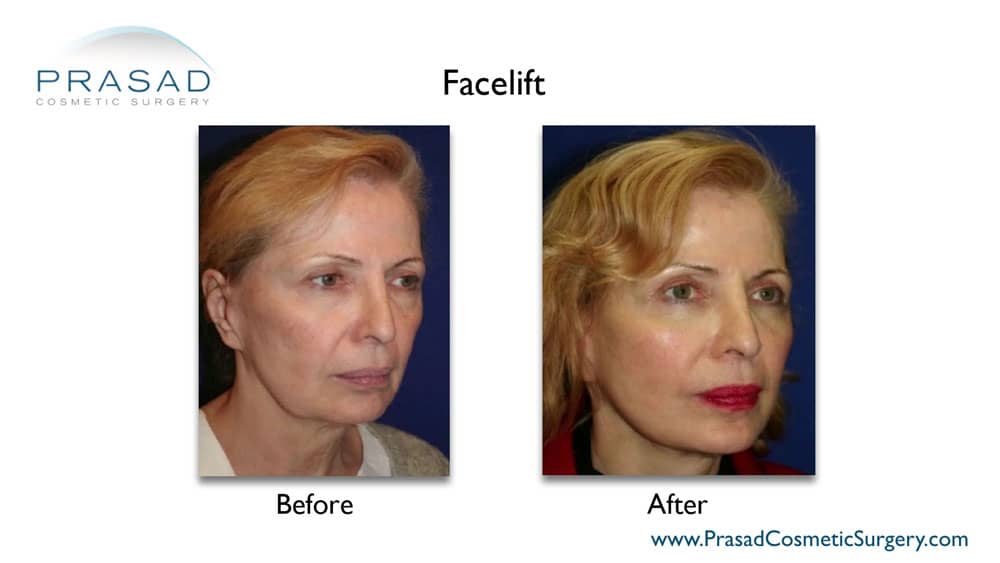
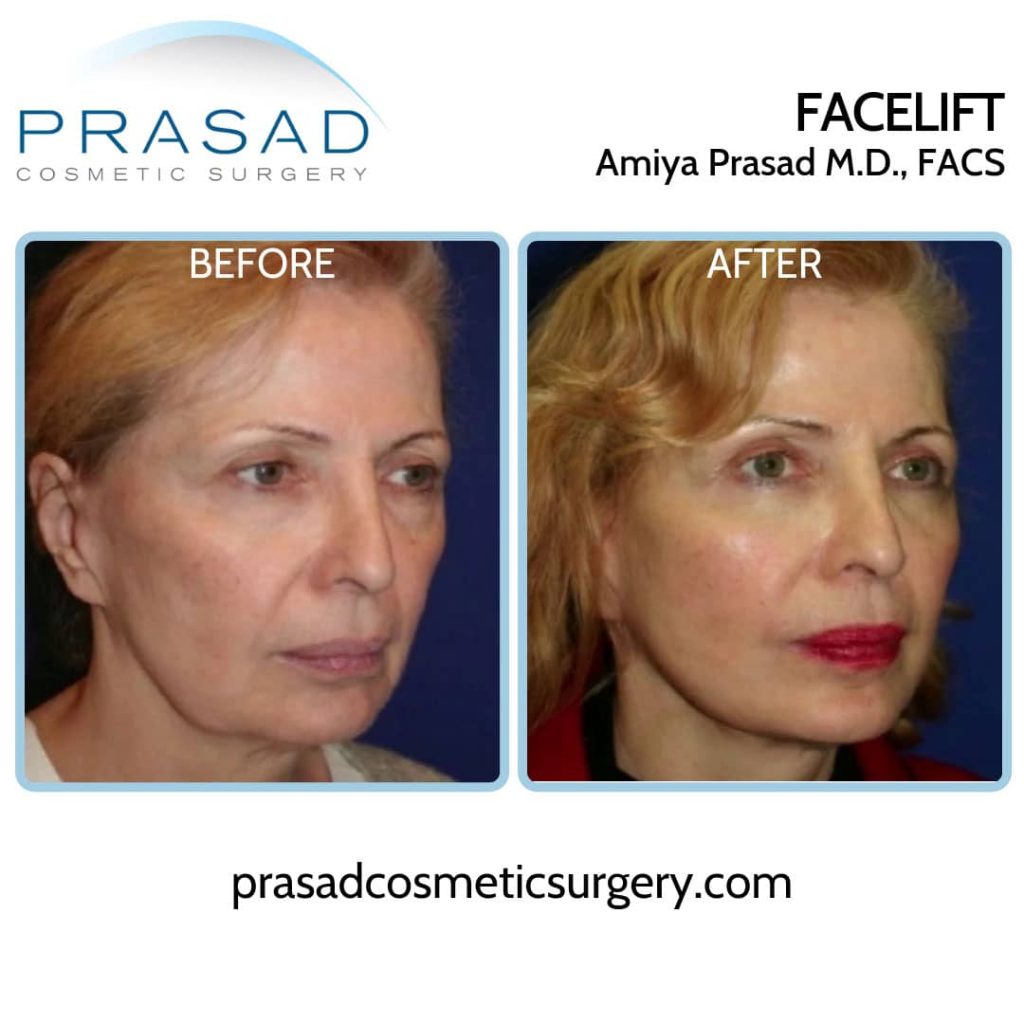
Local vs General Anesthesia for Facelift Surgery
Facelift with General Anesthesia
As early as during my training in facial cosmetic surgery, I was formulating concepts and methods to perform facelifts with local anesthesia instead of general anesthesia. I perform the full range of facelift techniques, from mini-facelifts to deep plane face and neck lifts, using local anesthesia with LITE IV sedation.
Why should general anesthesia be avoided whenever possible? During general anesthesia, you are completely unconscious and paralyzed, requiring a mechanical respirator for breathing. General anesthesia requires both intravenous drugs, and gas drugs breathed in. Due to the type of drugs used, and effects of general anesthesia on your brain and body, patients can experience nausea, vomiting, and memory loss.
It’s common practice for patients after general anesthesia to stay overnight at a hospital or surgery center with close monitoring by nurses. These patients often have extensive facial bandages, and are hooked up to drains, which both need constant attention.
In my experience, patients who have surgery done with general anesthesia take a longer time to recover from surgery, as they are also recovering from the effects of general anesthesia. Often these patients require pain medications in the opioid family of drugs, which add further risks and side effects. In light of the rise in problems related to opioid drug use, not to mention the associated side effects of nausea and constipation, I believe in doing everything I can to minimize discomfort so opioid level pain medications are not necessary.

Facelift with Local Anesthesia
In contrast to general anesthesia, there are many advantages to performing facelifts with local anesthesia, and LITE IV sedation. With local anesthesia and LITE IV sedation, my patients breathe on their own without any need for mechanical assistance throughout their surgery. I also prefer the ease of movement local anesthesia gives me to work on the face, and finely tune what I am doing without a breathing tube or other devices distorting the patient’s face. Results must look as good as possible in the operating room so you look good after surgery.
By using local anesthesia with LITE IV sedation, my facelift patients are more comfortable both during and after surgery. IV sedation using drugs like propofol combined with local anesthesia, allow me to avoid the use of opioids like fentanyl. My patients sleep comfortably throughout surgery, and are easily awakened after the completion of their procedure.
For my patients, I place a light facial bandage with no drains after surgery. Facelift patients are typically in recovery for 1-2 hours in operating suites after surgery, before walking out on their own and being escorted home. I feel that this is preferable to recovering from general anesthesia and needing to stay overnight at a hospital or other facility.
I have found a faster rate of recovery is a major advantage of using local anesthesia with LITE IV sedation over general anesthesia. Our patients routinely return to work in a week to 2 weeks with limited swelling, and minimal bruising. While the use of local anesthesia with LITE IV sedation has made facelift recovery faster and more comfortable for my patients, there are other facelift procedure methods I have also developed to optimize the camouflaging of incisions.

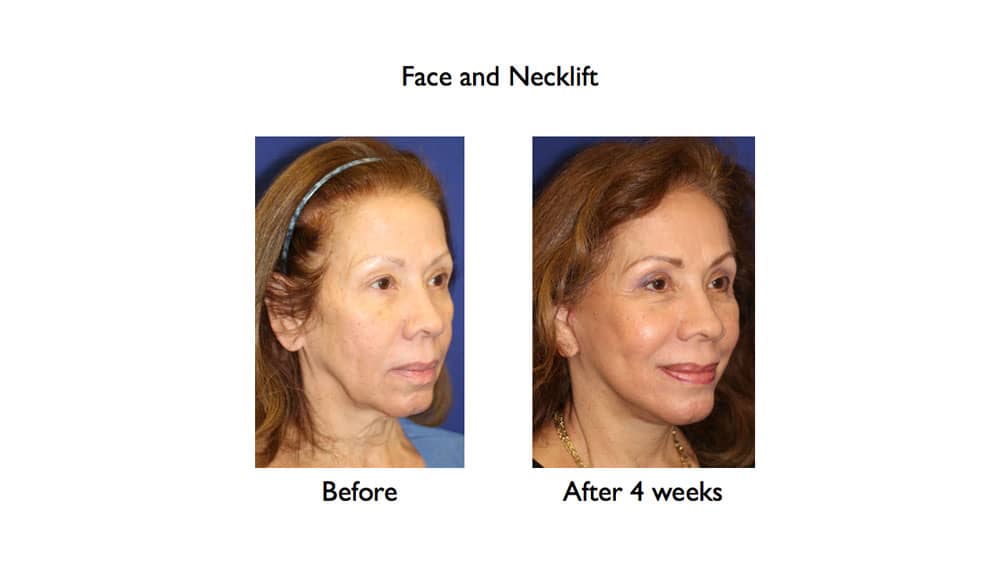
I use advanced wound healing technology such as extracellular matrix, and PRP or platelet-rich plasma which has a phenomenal effect on the healing of the skin helping to make the incisions less conspicuous.
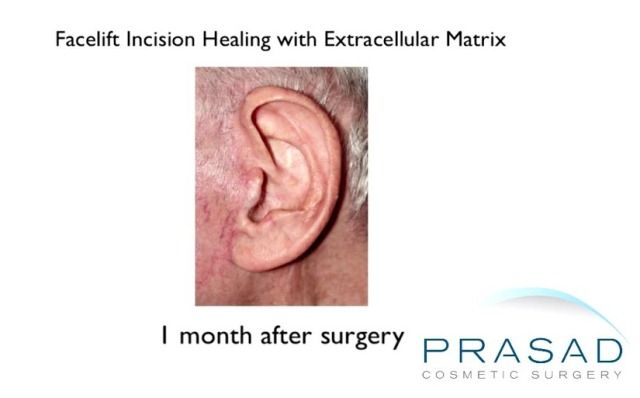
Many of our patients will also have other rejuvenating procedures with a facelift, such as upper and lower eyelid surgery, facial implants, and injectable fillers
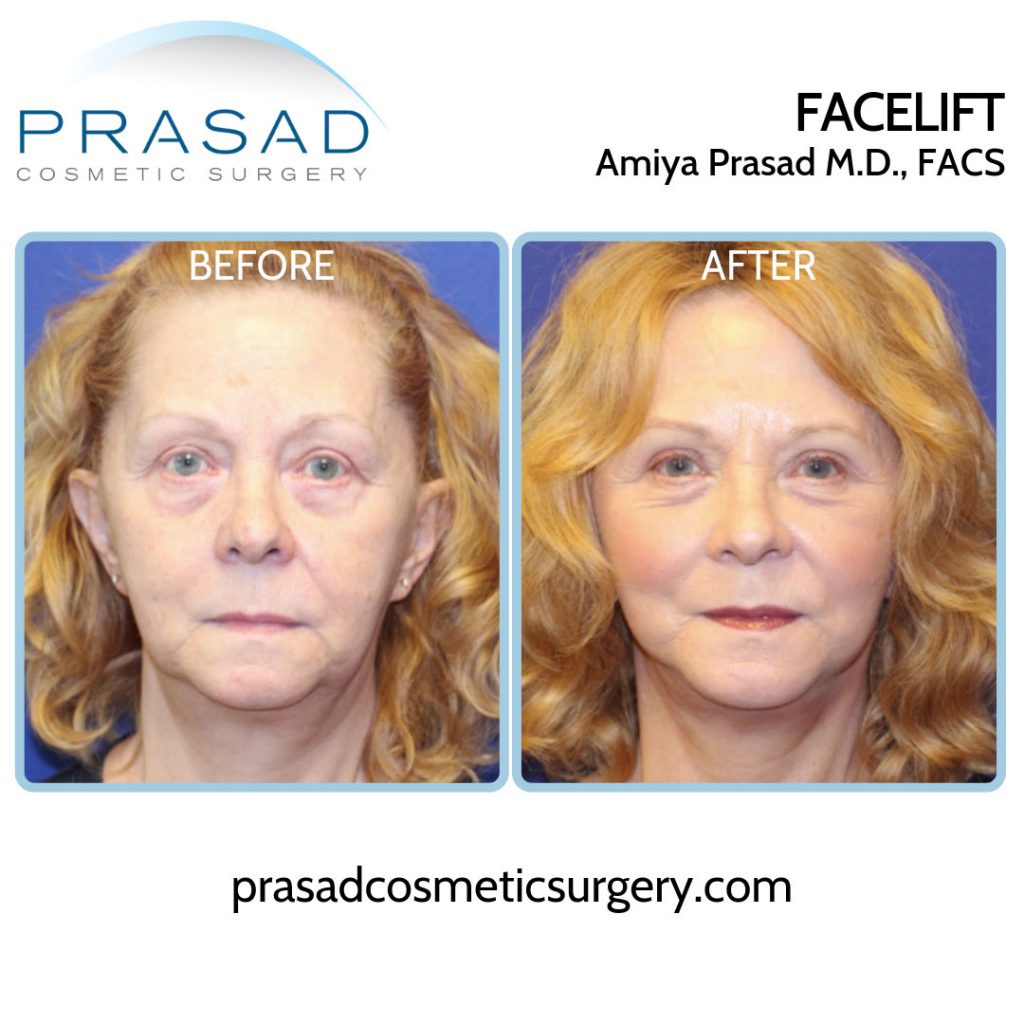
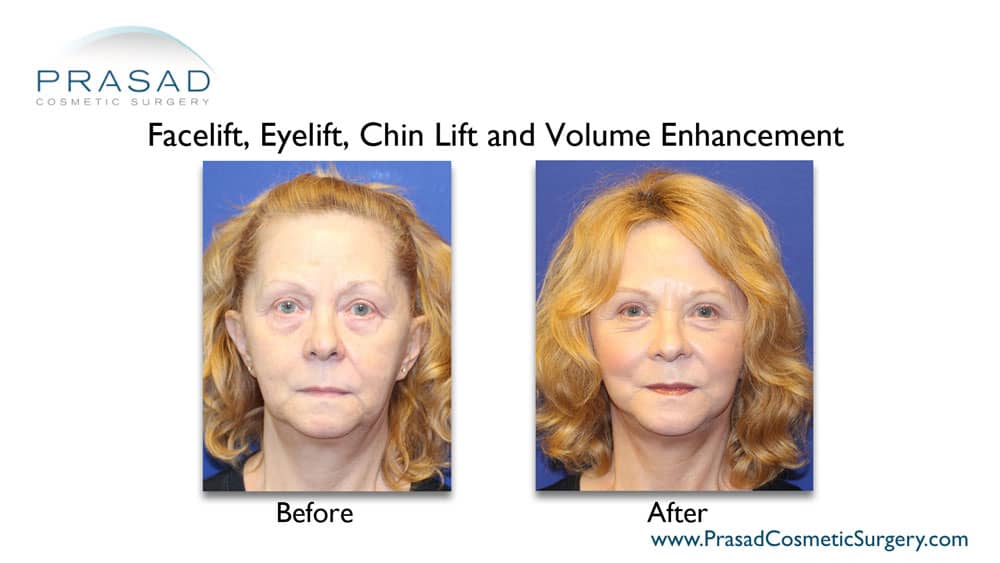
All our surgeries are performed in our own certified operating facilities within our office. Our patients are comfortable, and are assured of our safety and quality standards that are in line with hospitals and surgery centers.
